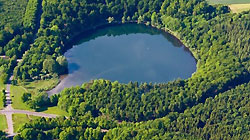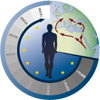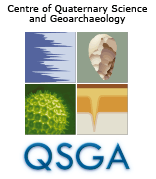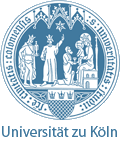To clarify whether geochemical fire proxies correlate with vegetation and land use changes in the Holocene Rhine catchment, we have analysed limnic sediments from the Holzmaar and the Meerfelder Maar in the Eifel region.
These sediments are associated with climatic phases and cultural epochs, as attested by organic matter analysis and pollen analysis. Accordingly, black carbon (BC) amounts peaked during intensive settlement phases of the maar regions in the Iron Age, Medieval period, and modern times. Additionally, elevated BC accumulation are observed at approx. 3900 BP, 5000 BP and about 9–10 thousand BP (varve years). These peaks could correspond to human activity in the Bronze Age, Neolithic and Mesolithic, respectively.
 Lake Holzmaar. Photo: www.gesundland-vulkaneifel.de |











